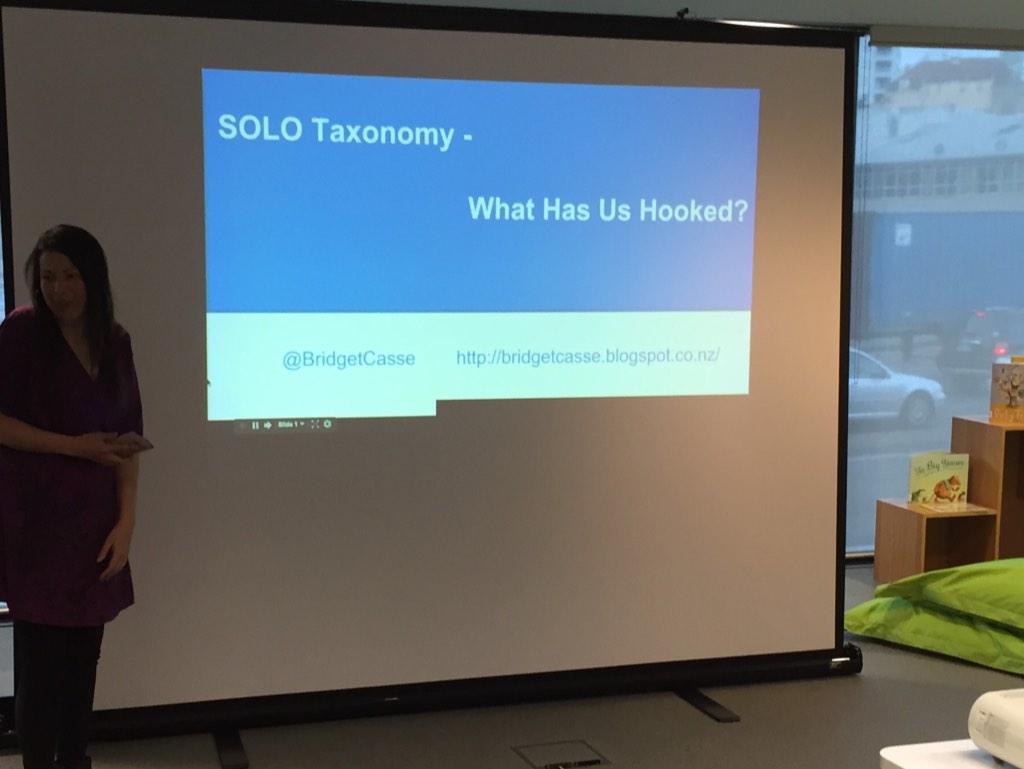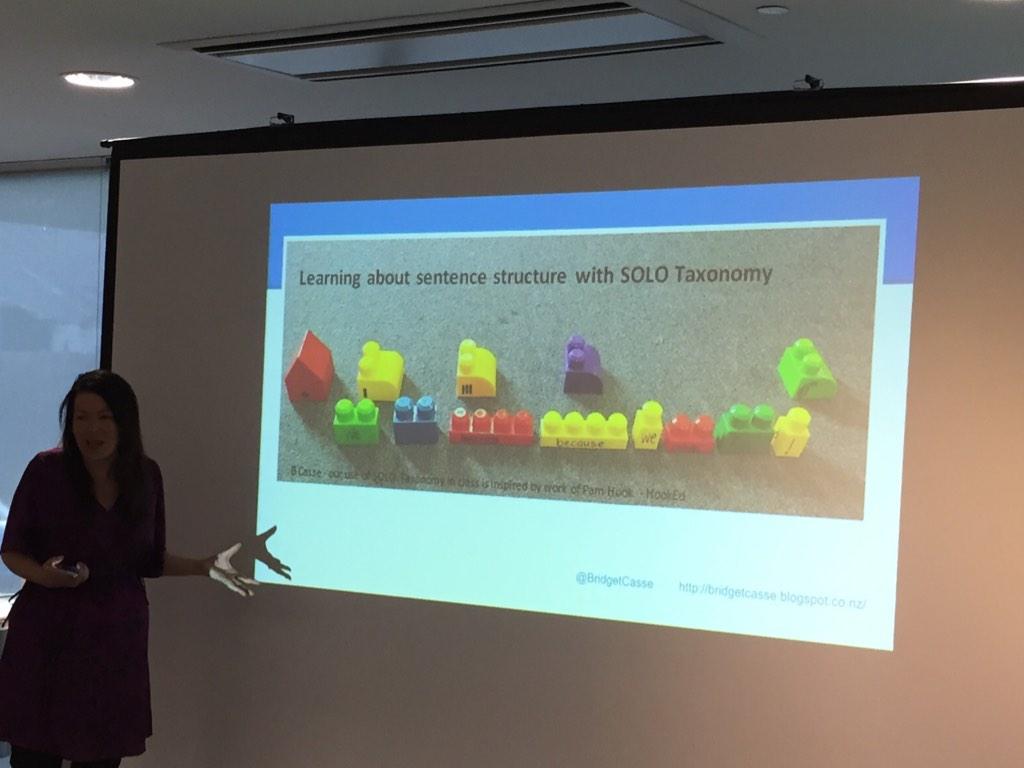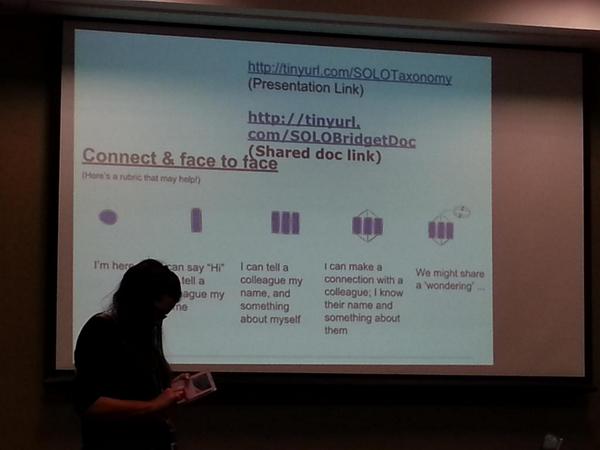This term, is response to student voice gathered during term one, we are exploring ‘What’s Beneath…” A broad inquiry unit that has taken on a Science focus as indicated by our kids as a particular interest. As you might imagine, many pathways are being explored - What’s beneath the skin? What’s beneath the sea? Sky? My feet? Earlier this week one of my remarkable colleagues inspired my team with her class’ HookEd ‘Define Map’ using animal figurines. What a fabulous idea I thought, to get our new entrants and year ones engaged and motivated and participating in rich discussion!
So today, I had to try the idea out but I decided to use the Classify Rubric to sort an engineered box of mixed up figurines living, non-living and a few (now dubbed) ‘mysteries’...
I began only with the box, blank strips of paper on which to write the set titles they decided on and of course my ring bound HookEd Classify Visual Rubric.
I wasn’t too surprised that ‘Living’ was voiced first, as I purposefully questioned those children who had selected familiar animals. Non-living came up next (this was when I introduced the WALT), but it was more difficult for them to justify what to put in that set - this was when I went quiet and let the discussion flow among them - I let them make mistakes. I knew this was where the learning would take place as I, and other children, questioned them to justify choices later in the lesson.
There was laughter, discussion and engagement as they asked questions of each other, challenged each other, justified their opinions and changed their minds. They identified different familiar and unfamiliar living and non-living things, decided to create a subset of ‘Extinct’ animals and were perplexed and encouraged by the ‘mysteries’.
I find there is always one or two ‘experts’ every time we explore a new inquiry unit, who will challenge others, and ask more ‘but why… questions to extend their own learning, no matter what the topic! I refer to the rubric throughout the lesson and make sure that while the kids are learning about living and non living things, they are also learning the skill of ‘classifying’ which we defined together at the beginning of the lesson.
After a while, we took a break then came back to write a shared statement about our learning. We pooled our ideas together after a ‘Think, Pair, Share’ discussion and created this shared writing piece.
“Today when we looked in the box, all the things were mixed up! We wanted to sort the things into living and non-living groups. First we found a tree. We thought it was non-living but D***** thought it was living because it grows. We found a dinosaur. A***** said it used to be living but now all of them are dead - this means they are extinct. We made an extinct group. We found a tortoise and a fish and a fly. We put these in the living group because they can move - we have seen them!
We all put a thing into a group. We are still wondering what to do with the skeleton! It is a mystery for us.
M***** said ‘We could make an underwater group and a tree group and a group that lives on land!” L***** said “We could make a zoo group”. We could classify the things in lots of ways!
Assessment: We think our learning today is Extended Abstract for classifying these living and non-living things because we are thinking of new ways to sort them!
(For the Visual Rubrics and HEAPS of resources see Pam's HookEd website http://www.pamhook.com/ +Pam Hook )
Yes, I know that technically ALL of the small plastic figurines we used are non-living - and I intend to challenge them with this a bit later in the unit - however the discussion generated today was rich, playful and fun as they imagined a real giraffe, fish, tree, fly, cricket… in their hands. We could have gazed at the images on the IWB, computer or tablet, we could have cut images out or drawn our own - we still might and add them to this, but the student voice was evidence at the end of our day when this activity was the highlight.
Where would you put Pinocchio? :-)















